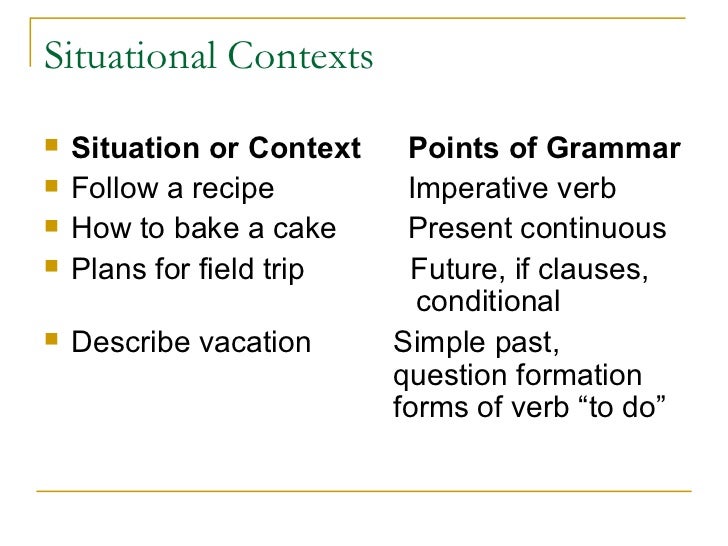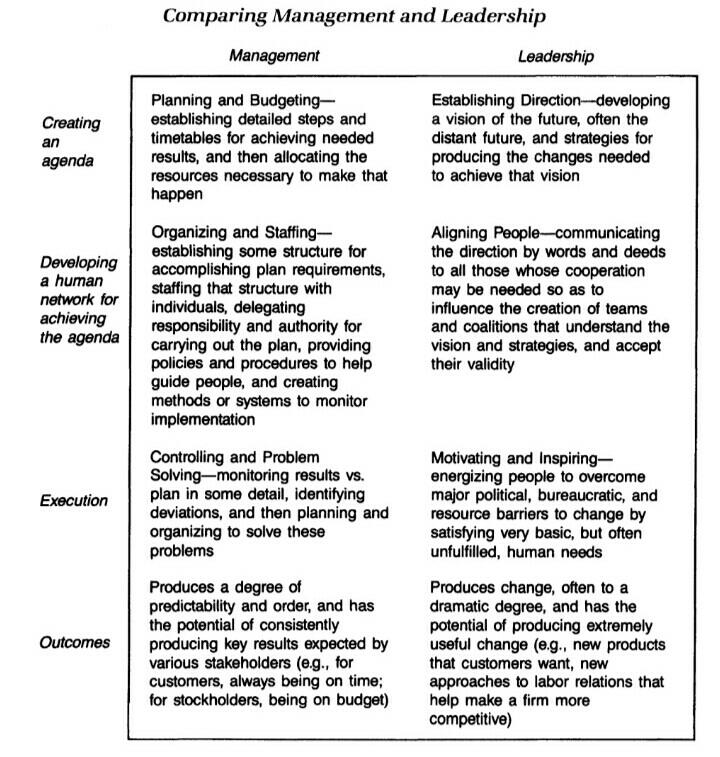

Consider, for instance, O'Brien (2009)'s examination of female writers, centered upon an analysis of the ways in which women “deployed and refashioned” (p. We look at Late Modern British English in the 18th century, a period of transition in social terms, considering register and gender, with a special focus on changes in women's language use. From a computational sociolinguistic perspective, our aim is to apply computational models to shed light on how sociolinguistic factors are involved in the temporal dynamics of language use. Computational modeling (such as distributional, probabilistic, neural, etc.) is adopted to trace diachronic developments. The investigation of the temporal dynamics of language is becoming a growing field outside of historical linguistics. These methods include diachronic periodization by Kullback-Leibler divergence to determine periods of change and relevant features of variation, and event cascades as influencer models. While adopted from other disciplines, our methods inform (historical) sociolinguistic work in novel ways.

Our findings reveal that in formal contexts women adapt to register conventions, while in informal contexts they act as innovators of change in language use influencing others. Our work sheds light on the temporal dynamics of language use of British 18th century women as a group in transition across two situational contexts. While analyses of recent diachronic trends are frequently conducted, long-term trends accounting for sociolinguistic variation are less well-studied.

2Department of Languages, Faculty of Arts, University of Helsinki, Helsinki, FinlandĮndeavors to computationally model language variation and change are ever increasing.1Department of Language Science and Technology, Saarland University, Saarbrücken, Germany.Conclusions: Sexual health interventions for college students should focus on communication and pleasure.Stefania Degaetano-Ortlieb 1, Tanja Säily 2 * and Yuri Bizzoni 1 Substance use and partner age were associated with outcomes differently by gender. Factors associated with pleasure, control, and communication included partner type and emotional closeness. 72.5% were described as very pleasurable, 26.6% as lacking communication, and 9.1% as lacking control. Results: 1,664 sexual encounters were reported. Methods: 427 college students participated in a 60-day daily survey 213 reported sex and were asked questions about each sexual encounter. This study aimed to understand situational predictors of various dimensions of students’ sexual experiences. Conclusions: Sexual health interventions for college students should focus on communication and pleasure.ĪB - Objectives: Research examining sex among college students has frequently focused on negative sexual experiences.

N2 - Objectives: Research examining sex among college students has frequently focused on negative sexual experiences. The authors thank our research participants the Undergraduate Advisory Board Columbia University, and the entire SHIFT team who contributed to the development and implementation of this ambitious effort particularly our Program Director, Leigh Reardon, and quantitative research assistants Karimata Bah and Stephanie Benson. This research was funded by Columbia University through generous support from multiple donors. T1 - The Situational Contexts of Sexual Experiences among Urban College Students


 0 kommentar(er)
0 kommentar(er)
